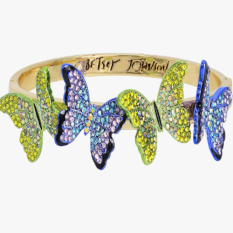Your Eye Irritation and Chronic Coughing Could Be Due To Your Mattress — Experts Reveal How To Find Out + Easy Fix
If your mattress is in good condition, the solution can be as simple as using two fitted sheets
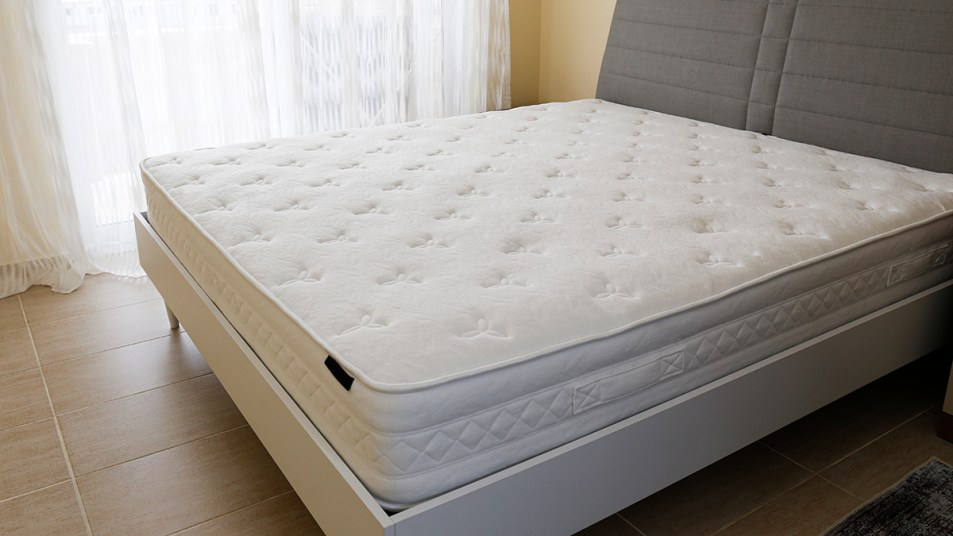
Fiberglass is all around us: It’s in our cars, in our furniture, in sports equipment, even in our walls. Most people picture the rolls of cotton-candy insulation in the walls of an attic or crawl space when they think about fiberglass. But fiberglass may also be found in a more surprising spot in your home: your mattress. And if you’ve ever had a hands-on encounter with fiberglass, you know its tiny fibers can irritate your skin, nose, eyes and lungs. So is it safe to spend eight hours a night on a fiberglass mattress? Here’s what you need to know.
What is fiberglass?
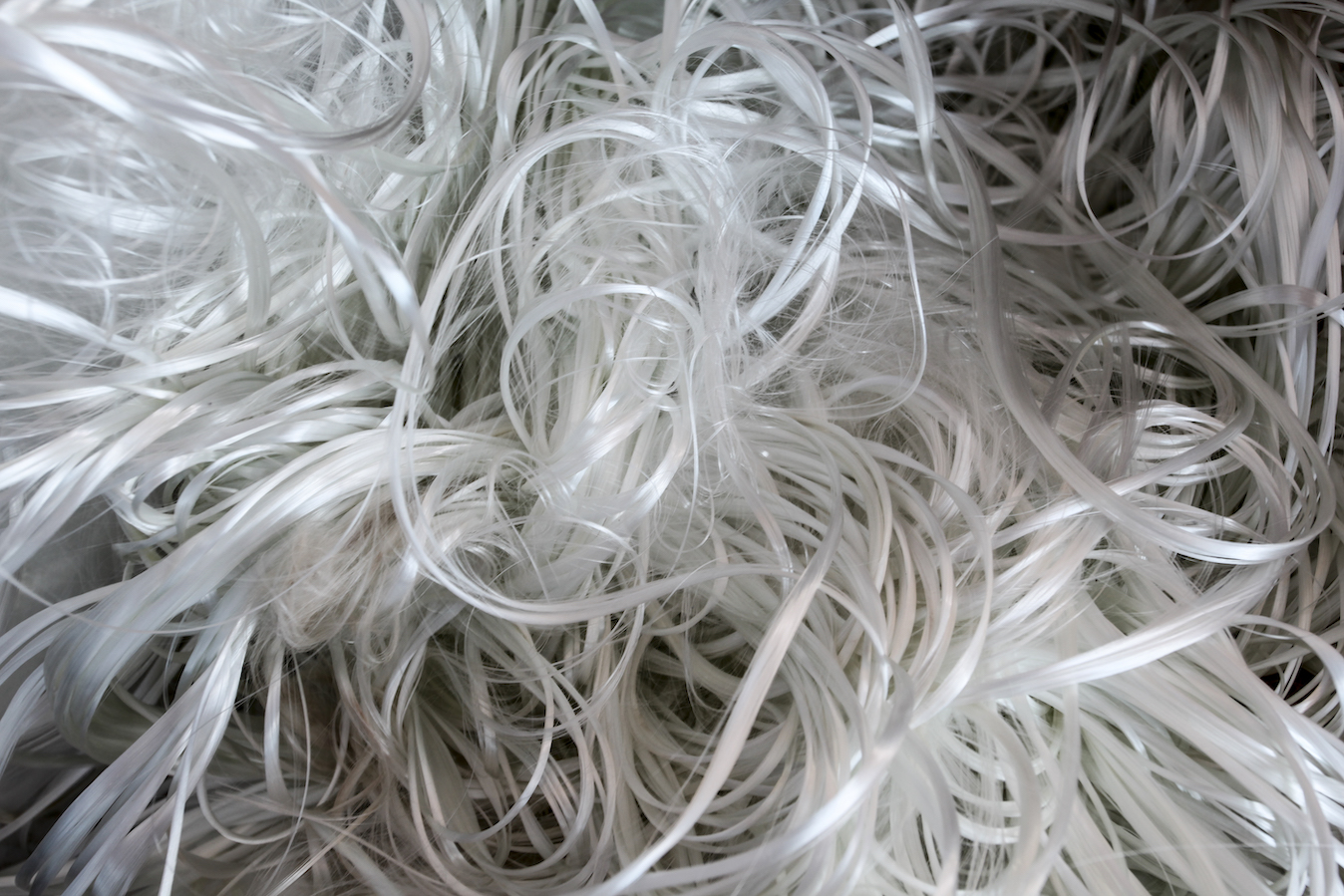
Fiberglass is a material made from filaments of glass. The tiny glass fibers are typically woven into fabric-like mat and reinforced with a resin. The resulting cloth can then be used in a variety of ways, such as insulating walls and pipes or adding impact protection to cars. Fiberglass may also be mixed with epoxy to add durability and water resistance to boats, canoes and surfboards. Judy Echavez, a public affairs specialist with the Consumer Product Safety Commission (CPSC) sums it up this way: “Fiberglass is a textile fiber product that can be used in a variety of products, generally for adding strength, fire resistance or other performance characteristics.”
The fiberglass mattress problem
Fiberglass is used in mattresses for its fire-retardant properties. Because glass isn’t combustible, fiberglass can withstand high temperatures and reduce the risk of a mattress igniting in a house fire. And that’s important because mattresses and upholstered furniture are naturally extremely flammable. According to research from the National Fire Protection Association, beds and mattresses are only the starting point for house fires around 2% of the time — but beds and mattresses are the second leading cause of home fire fatalities.
In an effort to reduce the number of mattress-related injuries and deaths in house fires, the Consumer Product Safety Commission introduced a federal flammability standard for mattresses in 2007. Follow-up research showed that this was effective — between 2005-2006 (before the standard was introduced) and 2015-2016, the number of house fire fatalities attributed to beds and mattresses dropped by more than 80%.
The CPSC doesn’t specify which materials must be used to meet these safety standards. Fiberglass is a popular choice because it’s inexpensive and a safer alternative to flame-retardant chemicals, which are no longer used due to their toxic effects.
Health risks of fiberglass mattresses
“Fiberglass can irritate your skin, eyes and throat and cause symptoms like coughing and itching when released into the air,” says Michelle Thompson, MD, a functional medicine physician and founder of Epoche Medical in Coral Springs, FL.
The tiny glass fibers can become embedded in your skin, causing itching and irritation. If you inhale airborne fibers, you may experience respiratory symptoms like coughing or wheezing. Fiberglass exposure may also aggravate asthma or bronchitis.
So how likely are you to experience these symptoms if your mattress contains fiberglass? That depends on the quality of your mattress, says Michael Kleinman, MS, PhD, co-director of the Air Pollution Health Effects Laboratory at University of California Irvine / UCI Public Health.
“The risk comes when the fiberglass material can penetrate through the fabric,” Kleinman says. The tightly woven fabric that covers your mattress is called ticking; higher-quality mattresses will typically use thicker ticking with better integrity, he explains.
But if the ticking is too porous, the glass fibers can come into contact with your skin or the air. “Fiberglass, through use, will begin to break down and form smaller and smaller bits,” Kleinman says. “As they get small enough, they’ll find their way through the pores of the mattress.”
That’s when you may start to notice that you’re waking up with itchy skin or a burning nose, Kleinman says. Individuals with sensitive skin or airways may be more susceptible to these symptoms.
How to tell if your mattress contains fiberglass
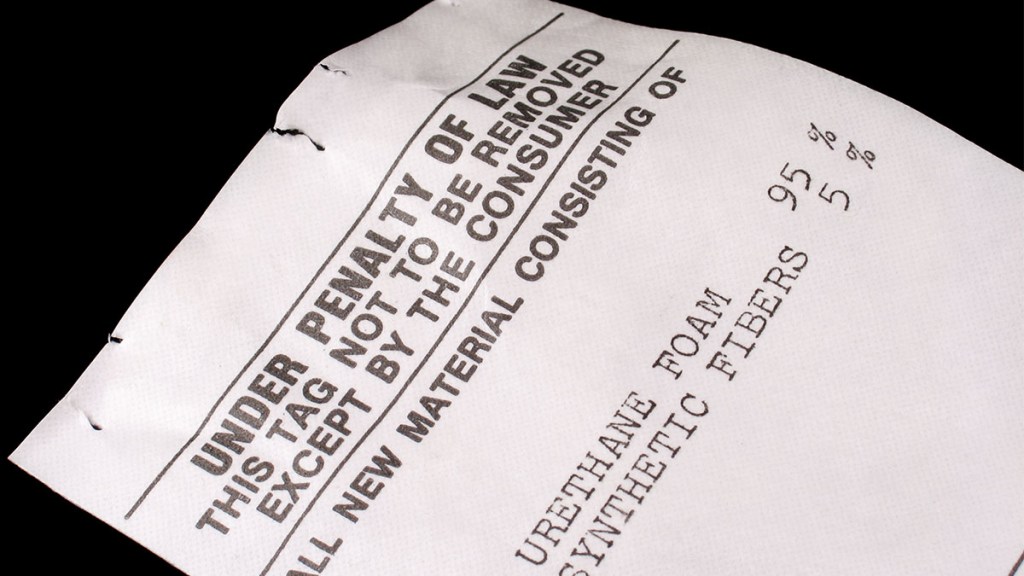
To find out the answer, you’ll need to check the tag on your mattress — you know, the one with the ominous warning not to remove it “under penalty of law.” If you read the warning closely, you’ll see that it’s directed at the mattress retailer. You, as the consumer, are allowed to remove the tag. It’s there to help ensure you’re buying a brand-new mattress and that you know exactly what’s inside it.
Read the tag closely, because fiberglass sometimes goes by an alias. “Fiberglass can be listed as glass fiber, glass wool or glass-reinforced plastic,” Dr. Thompson says.
No tag? Dr. Thompson offers a few tips for taking an educated guess. “Other signs that a mattress may contain fiberglass: It cost less than $400 for a full-size mattress, is made of polyfoam (an inexpensive memory foam alternative) or it was compressed into a box to ship to your door,” she says.
How to protect yourself from fiberglass in mattresses
If you discover that your mattress contains fiberglass, should you throw it out? Not necessarily.
“Mattresses are not cheap,” Kleinman acknowledges, so you may be reluctant to toss the one you currently own and splurge on a fiberglass-free mattress or one with a more tightly woven cover. “If you’re not finding yourself with skin irritation or respiratory tract problems, then just do what you can to keep up the integrity of the mattress,” he says.
Reducing wear and tear on your mattress is the best way to safely use a mattress that contains fiberglass. “I suggest using a second mattress cover or two fitted sheets,” Dr. Thompson says. “This reduces the wear and tear on the original mattress cover, so fiberglass is less likely to slip through.”
But if you notice any rips, tears, or worn-out spots in your fiberglass mattress, it’s time to replace it.
How to safely replace a fiberglass mattress
Once you’ve concluded your mattress needs replacing, it’s prudent to be careful so you don’t accidentally breath in the broken fiberglass fibers.
1. Wear protective gear
Kleinman suggests wearing long sleeves and a face mask to reduce your risk of skin irritation or inhalation.
2. Keep it contained
“Use a mattress bag (buy on Amazon, $12.58) or patch the damaged area with duct tape to limit how much fiberglass is released into the air while you’re moving it,” advises Dr. Thompson.
3. Clean up
Once the mattress is removed, vacuum the area, then use a lint roller to pick up any particles that may have been left behind. (Click through for more tips on cleaning mattresses)
4 Mattresses Without Fiberglass
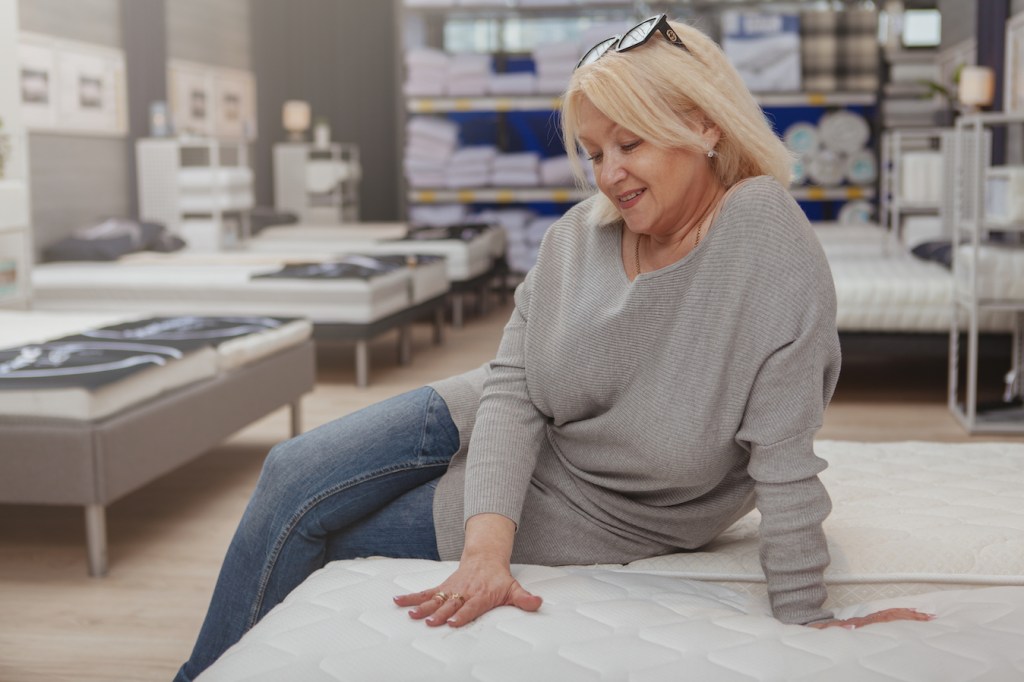
When shopping for a new mattress, it’s up to you to decide whether fiberglass is a dealbreaker. But if you’re worried about the potential risks of fiberglass exposure, these highly rated fiberglass-free mattresses will help you sleep easy.
If you’re on a budget: Bear Original
This budget-friendly award-winning mattress with more than 10,000 reviews features a soft TENCEL™ cover over cooling gel memory foam. Instead of fiberglass, Bear mattresses use a chemical-free, flame-proof rayon. (Buy from Bear, starting at $649 for a queen.)
If you’re looking for organic: Birch Natural
This environmentally friendly hybrid mattress features an organic cotton cover and layers of birch wool, latex and individually wrapped coils, along with a layer of fire retardant organic wool. (Buy from Birch, starting at $1,699 for a queen.)
If you want a bigger mattress: Titan Plus Luxe
Designed for plus-size sleepers, this hybrid mattress supports up to 1,000 pounds and features high-density foam and steel coils for sag-free support. The chemical-free fire barrier is a sock made from non-woven silica, rayon, polyester, and cotton. (Buy from Brooklyn Bedding, starting at $1,199 for a queen.)
If you want a luxury mattress: Saatva Classic
This innerspring mattress features a breathable, hypoallergenic organic cotton cover and a plant-based thistle pulp flame barrier. (Buy from Saatva, starting at $1,995 for a queen.)
For more on keeping your mattress clean:
Memory Foam Mattresses Can Be Mold Magnets — Here’s How to Keep Yours Toxin-Free
This Surprising Cleaning Method Will Leave Your Mattress Feeling Brand New
This content is not a substitute for professional medical advice or diagnosis. Always consult your physician before pursuing any treatment plan.

